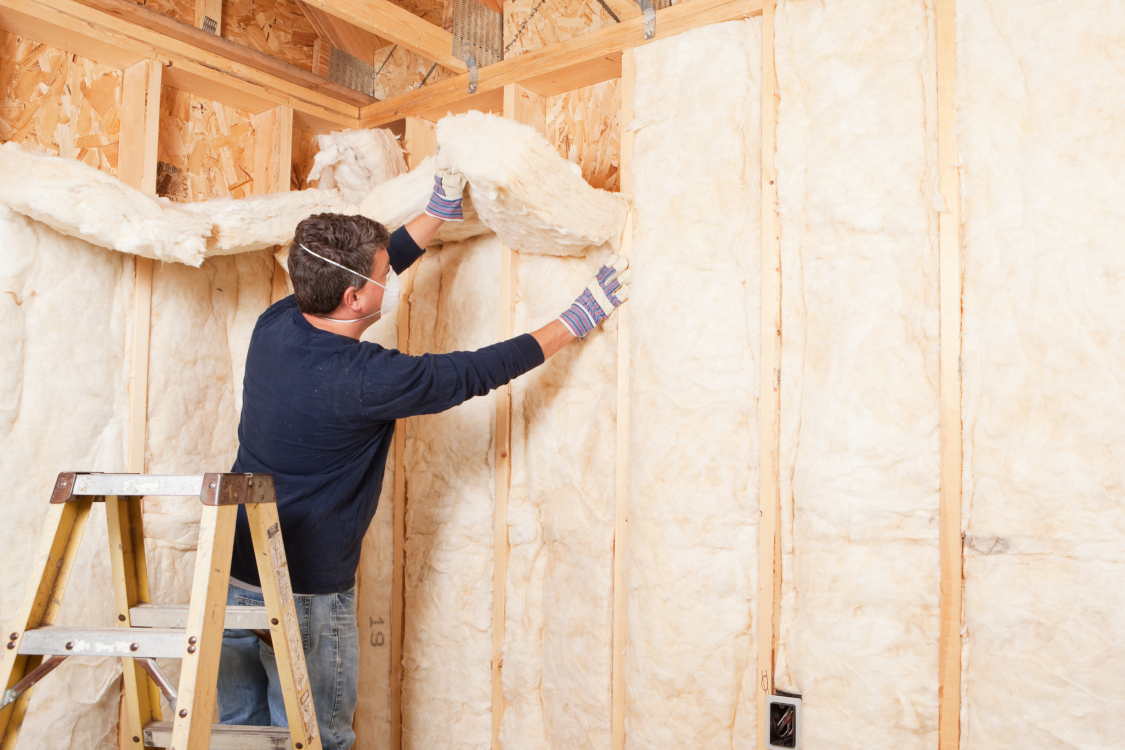In passing the Inflation Reduction Act (IRA), the United States Congress made the largest investment in clean energy ever. This historic legislation is projected to invest almost $370 billion in clean energy — solar, wind, battery storage, geothermal, etc. — over the next ten years. As historic as the IRA is, and it has the potential to be transformational, it does not require individuals to make their homes energy efficient or require utilities to switch from using coal to renewables. The IRA does provide generous incentives or carrots, but few requirements or sticks. So, if the IRA is going to achieve its objective of reducing greenhouse gas emissions to meet the U.S. commitment under the Paris Climate Agreement, each of us will need to take action.
The Conservancy’s Climate Guide suggests ways that individuals can take advantage of the benefits in the IRA as well as other measures that individuals can take to reduce greenhouse gases that cause global warming. As important as individual responsibility is, it is not the only means of reducing greenhouse gas emissions. In the section entitled Be Involved, we make recommendations on how individuals can support policy changes to reduce greenhouse gases.
Here is our list of practical actions that individuals can take to help preserve the Earth’s climate. It is not an exhaustive list, but a starting place for action. In this issue of The Highlands Voice, we will highlight how to make your home energy efficient. The following issues will feature the remainder of suggestions from the Conservancy’s climate guide, which you can view in full on our website at wvhighlands.org/climate-change/
Making Your Home Energy Efficient
Making your home energy efficient is one of the most cost-effective means of reducing your carbon and methane footprint. Suggestions include:
- The IRA provides a 30 percent tax credit for installing many home energy efficiency measures, such as replacing windows and adding insulation. Tax credits are available to everyone regardless of income, but the tax benefits can take time: you don’t receive the payment right away, instead, you will have to wait until next year’s tax return.
The IRA also established two new rebate programs. One helps homeowners to electrify their homes (for example, adding heat pumps or upgrading your electrical service). The other does not provide rebates on individual energy efficiency measures, but provides rebates based on reduction in energy use for the whole home. These two rebate programs, where there’s no need to wait for next year’s tax return, will likely be unavailable until 2024 and are limited to low- and moderate-income individuals and families. - Other suggestions for making your home more energy efficient include:
- Caulk all cracks and leaks in your house (eligible for tax credits).
- Add insulation, particularly in your attic (eligible for tax credits).
- Low-income individuals and families can get help weatherizing their homes through the regional Community Action Agencies (see wvcad.org/sustainability/weatherization-assistance-program). Appalachian Power and Wheeling Power offer free home energy assessments at takechargewv.com
- Don’t set your thermostat too high in the winter or too low in the summer and install a programmable thermostat.
- Add or replace weather stripping on all exterior doors.
- Periodically change the air filter in your furnace.
- Replace old single-pane windows (eligible for tax credits).
- When a gas-fired furnace, central air conditioner or hot water tank needs replaced, replace them with high-efficiency heat pumps. The IRA currently provides a tax credit of 30 percent up to $2,000 for adding a heat pump or heat pump water heater and up to $600 for installing an energy efficient HVAC system. Even greater benefits (e.g., up to $8,000 rebate for a heat pump for low-income households) will be available in the future.

